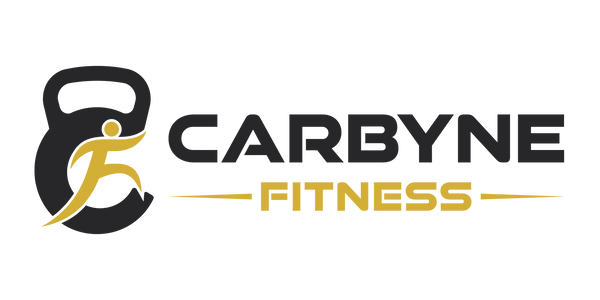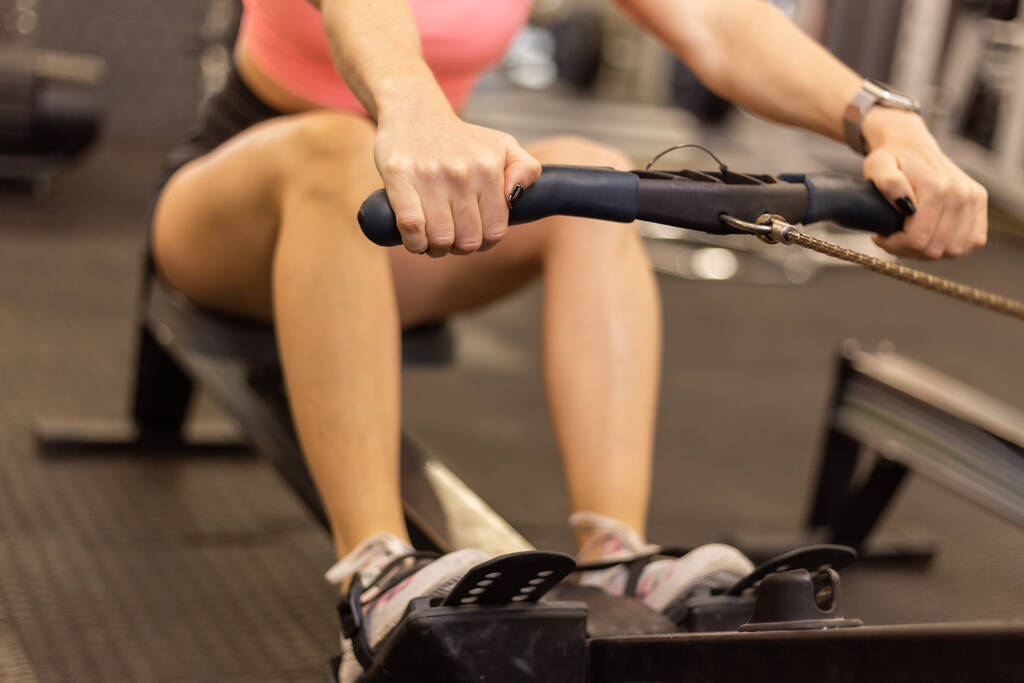More than 80% of fitness enthusiasts either focus on improving their strength or cardiovascular health. However, very few people know how these goals relate to the two different energy systems of the body. Anaerobic and aerobic training are not just methods of working out; they are systems that determine how your muscles create energy, recuperate, and adapt.
It does not matter if you are lifting weights or running; your selection alters hormone secretion, metabolic processes, and overall well-being. Let us analyse the science, potential, and risks of each method and uncover how strategic choices made around equipment can balance both optimally.
Defining Aerobic and Anaerobic Exercise
Anaerobic Exercise: Short-Term Power Unleashed
The anaerobic system is characterised by the production of lactic acid, which causes the well-known “burn” experienced during maximal efforts at training. Focusing on this system recruits more fast-twitch muscle fibres to improve explosive and rapid force production. These activities last under two minutes and include:
- Weightlifting
-
Sprinting
-
High-intensity interval training (HIIT)
-
Plyometrics
Aerobic Exercise: Sustained Energy Through Oxygen
Aerobic exercise makes use of oxygen to metabolise carbohydrates and fats into ATP (adenosine triphosphate), powering a wide range of activities that last longer than three minutes, such as:
- Running
- Cycling
- Rowing
-
Swimming
This system dominates during steady-state efforts, improving mitochondrial density and capillary networks for efficient oxygen delivery. Aerobic adaptations lower resting heart rates and enhance fat oxidation.
Health Benefits: A Dual-System Approach
Anaerobic Training Advantages
- Muscle Growth: Anaerobic exercises can boost growth hormone levels. Resistance training leads to muscle microtears, which require repair and growth via protein synthesis.
- Bone Growth: High impact exercises such as jumping or heavy lifting stimulate the osteoblasts and reduces the risk of developing osteoporosis.
- Metabolism: An exercise increases the metabolic rate EPOC significantly for 14-48 hours post-workout.
Aerobic Training Advantages
- Cardiovascular Fitness: Regular cardio exercises reduce LDL cholesterol levels and cholesterol plaque in the arteries by 30-40%, which significantly reduces the chances of heart disease.
- Focus and Memory Improvement: Aerobic exercises increase the BDNF (blood-derived neurotrophic factor), improving the person’s focus and memory.
- Life Expectancy: A 15-year study found a strong link between performing 150 weekly minutes of moderate cardio and reduced mortality risk by 33%.
Risks of Imbalanced Training
- Anaerobic Overuse: There is a training onset level that, when exceeded during chronic high-intensity anaerobic training without sufficient recovery periods, elevates one’s cortisol levels. Elevated cortisol, in turn, increases the risk of injury due to weakened immunity.
- Aerobic Excess: Overdoing endurance workouts can lead to loss of muscle mass as well as reduction of testosterone levels in males.
Optimising Frequency: Science-Backed Guidelines
Anaerobic Workouts Per Week
-
Beginners: 2 sessions (e.g., full-body resistance training)
- Intermediate: 3–4 sessions (split routines: upper/lower body)
- Advanced: 4–5 sessions (targeted muscle groups + sport-specific drills)
Rest 48–72 hours between sessions targeting the same muscles.
Aerobic Workouts Per Week
- General health: 3–5 sessions (30–60 minutes at 60–70% max heart rate)
- Endurance athletes: 5–7 sessions (varied intensity: 80% low, 20% high)
Avoid consecutive high-intensity days to prevent overtraining.
Carbyne’s Engineering Excellence: Bridging Energy Systems
At Carbyne Fitness, we design fitness equipment that leverages biomechanics to target both anaerobic and aerobic pathways. Our tools provide data-driven feedback, ensuring precise load management for hybrid training.
Carbyne Functional Trainer: Anaerobic Dominance
-
Adjustable resistance: 5–200 lb stacks accommodate explosive lifts (e.g., power cleans) and slow eccentrics.
-
Pulley versatility: Perform multi-planar movements like rotational chops or cable squats to engage stabiliser muscles.
-
HIIT integration: Programme timed intervals (30s on/30s off) to spike heart rate while maintaining power output.
Carbyne Rowing Machine: Aerobic Mastery
-
Dynamic resistance: Magnetic drag mimics water resistance, enabling smooth transitions between 18–42 strokes per minute.
-
Full-body engagement: 65% leg drive, 25% core activation, 10% arm pull ensures balanced muscle recruitment.
-
Hybrid potential: Alternate 500m sprints (anaerobic) with 1km steady rows (aerobic) in a single session.
Building a Synergistic Routine
Weekly Template Example
|
Day |
Focus |
Carbyne Equipment |
|
Monday |
Anaerobic (Strength) |
Functional Trainer: Deadlifts, Push Press |
|
Wednesday |
Aerobic (Endurance) |
Rower: 45-min steady state |
|
Friday |
Hybrid (HIIT) |
Rower sprints + Cable circuits |
Progress Tracking
- Anaerobic: Measure 1rm (one-rep max) on squats or bench press monthly.
-
Aerobic: Track 2k row time or resting heart rate weekly.
The Verdict: Balance Over Bias
No energy system operates in isolation. A 2024 meta-analysis confirmed that combining anaerobic and aerobic training yields 23% greater fat loss and 12% more muscle retention than single-mode programmes. Our equipment ecosystem at Carbyne eliminates the need to choose between disciplines—our rower builds endurance without sacrificing power, while the functional trainer develops strength alongside cardiovascular efficiency.
Your fitness journey isn’t a binary choice. It’s a strategic interplay of energy systems, recovery, and smart tools. Are you ready to redefine your limits?

